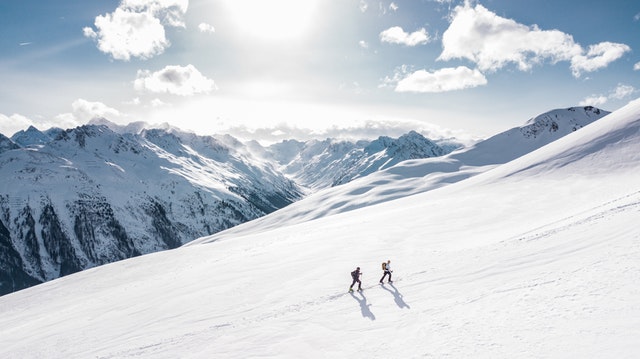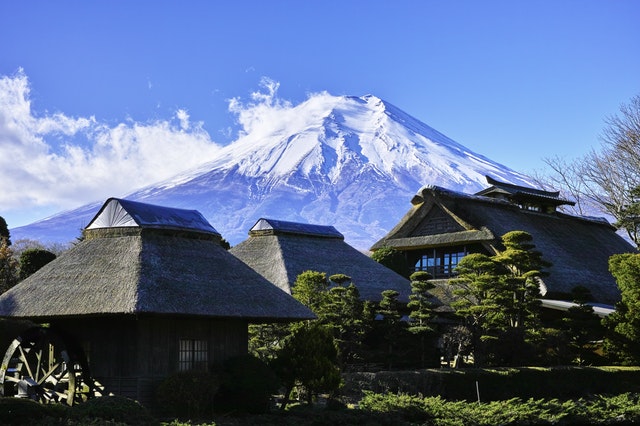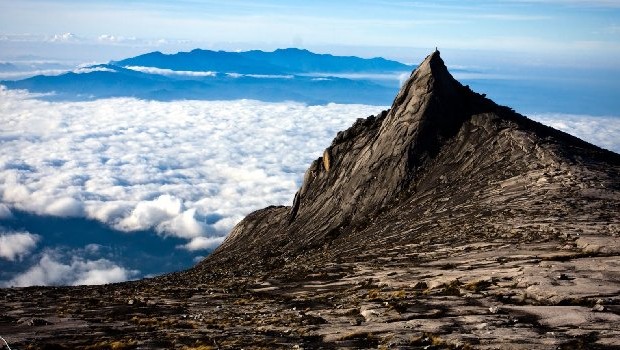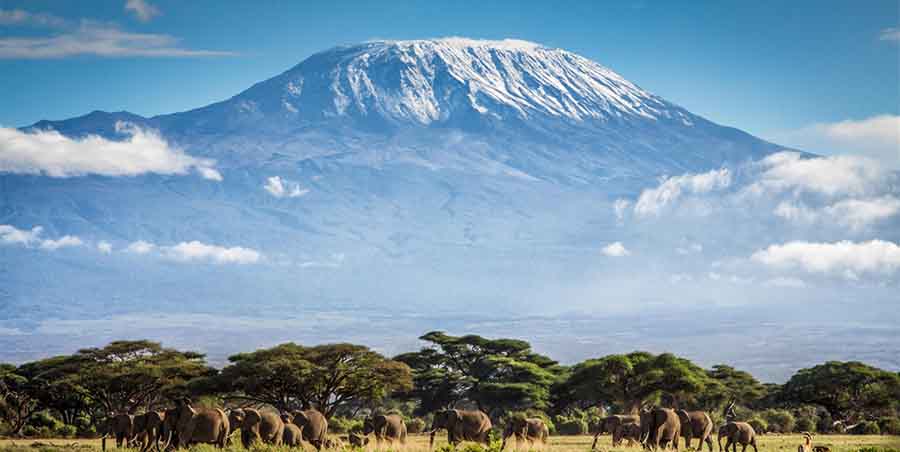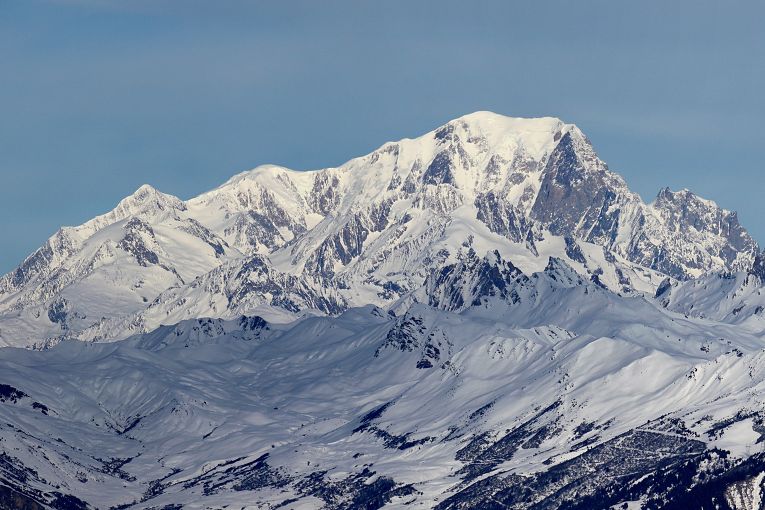I’ve always wanted to climb a mountain. There’s just something magical about being at altitude, and I’m obviously not the first person to notice it given the number of religions and other myths that revolve around mountains and the sheer volume of people who climb Everest every year (in 2017 it was 648)… but I have no experience at all so where to start? Here are 4 of the best mountain climbs for beginners.
What do I mean when I say ‘climb a mountain’? I once climbed Australia’s highest peak, Mt Kosciuszko in New South Wales when I was about 10, all 2228 meters of it.. so technically that’s a mountain but let’s be honest, it’s more of a large hill and wasn’t much of a challenge, even for a 10 year old. So technically I could tick that one off the bucket list before my voice even broke. Everest is also a mountain and so is Annapurna (statistically the most dangerous 8,000 meter + peak in the world to climb, with a ratio of 34 deaths per 100 safe returns) but I’m not planning on going up either of those… So where do you draw the line in the sand (or maybe the snow) in terms of difficulty while still feeling like you’ve accomplished something?
Here’s a quick list of some of the best mountain climbs for beginners that I think toe the line between difficulty level and achievability for the average person without the need for technical skills and the lungs of a mountain goat!
4 Best Mountain Climbs For Beginners
Mt Fuji – Japan
Mt Fuji is Japan’s most iconic peak and one of the worlds most photographed sites and one of Japan’s 3 sacred mountains. Stunningly beautiful any time of year but especially during the cherry blossom seasons. Mt Fuji is an easy climb with well-marked paths and regular mountain huts and can be scaled in around 5-10 hours (depending on route, weather and fitness level) so naturally it’s one of the best mountain climbs for beginners. It also gets slammed with over 300,000 people visiting the mountain every year so it can often be a case of just following the crowed up the 3,776 meter high volcano, also Japan’s highest peak.
There are 4 routs for climbing, and if your pressed for time (or energy) you can drive up to the 5th station and start from there. BYO snacks, basic food and water (you can buy food/water on the mountain but it’s quite expensive).
Mt Kinabalu – Malaysia
Another very popular trek that is somewhat of an easy climb. Mt Kinabalu is in Borneo, Malaysia and rises to a respectable 4,095m and the highest mountain the Malay archipelago. The trek will take a couple of days and you need to come prepared with some gear like headlamps, gloves etc.. as the second day of climbing will start in the dark. Also remember to being tropical strength insect repellent as no-one wants to get Dengue Fever (trust me, I’ve had it and I wouldn’t recommend it to anyone..). There are plenty of tour companies who can assist in booking and managing your trip so Google is your mate here.
Mt Kilimanjaro – Tanzania
Mt Kilimanjaro is the highest mountain in Africa and lots of fun to say out loud, it scratches the sky at 5,895m above sea level. Known as the ‘Roof of Africa’ there are a number of different routes up the mountain and a reasonable level of fitness is recommended but it’s still achievable so I’ve included it as one of the best mountain climbs for beginners. There are a number of different companies that operate and take groups up the mountain so if you are climbing Kilimanjaro, do your research. Mt Kilimanjaro is more of a trek than a climb but it’s a strenuous trek, and one that over 35,000 people attempt each year so it’s best to plan well ahead and make sure that you’ve booked to be sure that you avoid any unpleasant surprises. Best months to climb are July – September before the onset of the second rainy season.
Mt Blanc – France/ Italy
Mt Blanc was a mountain in Western Europe before it was a fancy pen brand but you’ve probably heard of it given it’s also one of the most climbed peaks in the world so it’s a perfect fit as one of the best mountain climbs for beginners. At 4,810m high its nothing to sneeze at, and the top offers unrivaled views of the main summits of the alps. There are a couple of main routes and while it’s not technically challenging (it’s a hard, steep trek although not technically a climb), it does require a good level of fitness to reach the summit and good gear including crampons, helmet etc.. it’s not easy stroll to the top and the mountain dose still claim some lives every year. ETA on the journey is 2 days and they’re long days so make sure you’re prepared for that level of trip.

